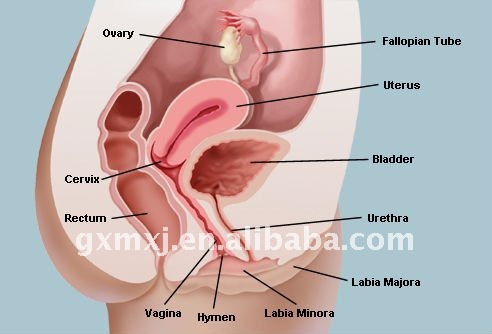Urethritis is the inflammation and swelling of the urethra -
the narrow tube that carries urine from the bladder out of the body.
Urethritis is caused by either a bacterium or a virus - it is classed as either gonococcal urethritis which is caused by Neisseria gonorrhoeae, or non-gonococcal urethritis (NGU), caused by Chlamydia trachomatis - one of the most common sexually transmitted diseases affecting both men and women.
The most common viral causes of urethritis are herpes simplex virus and cytomegalovirus.
The main symptom of urethritis is difficulty urinating and painful urination. Urethritis is typically treated with antibiotics.
Urethritis is caused by either a bacterium or a virus - it is classed as either gonococcal urethritis which is caused by Neisseria gonorrhoeae, or non-gonococcal urethritis (NGU), caused by Chlamydia trachomatis - one of the most common sexually transmitted diseases affecting both men and women.
The most common viral causes of urethritis are herpes simplex virus and cytomegalovirus.
The main symptom of urethritis is difficulty urinating and painful urination. Urethritis is typically treated with antibiotics.

